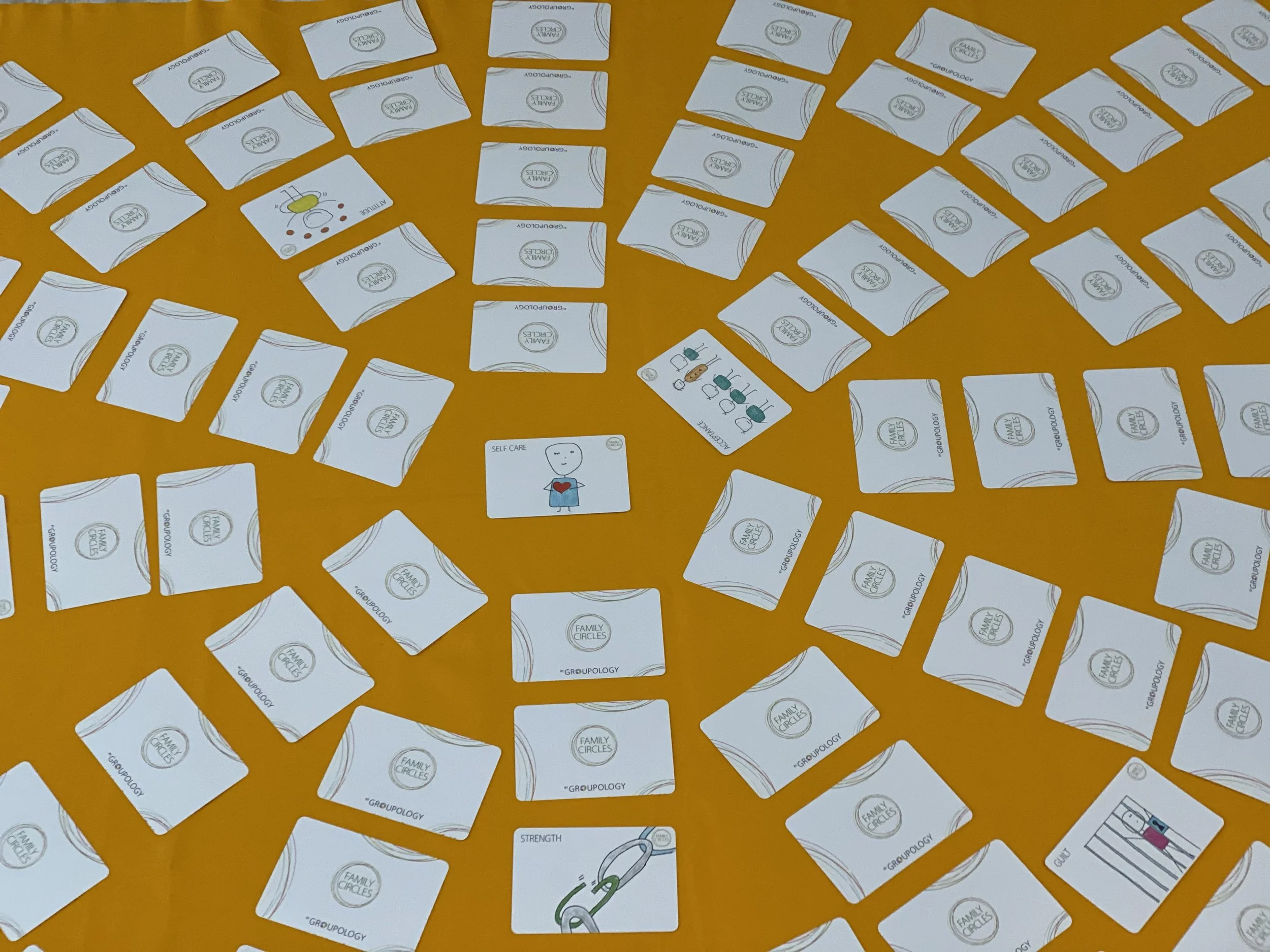Five steps to be an effective group facilitator in process-content group
GPS – GOALS PROGRESSIVE STEPS MODEL
I learned that it takes time for a group to work effectively together. The development of a group according to Tuckman (1965), is described by five stages of group development: forming, storming, norming, performing and adjourning. I want to introduce the GPS MODEL: Goals Progressive Steps as a working model for facilitators who work with process content groups alongside Tuckman’s model and would like to develop their skills along their group. Helping them create effective group dynamics, to anticipate and understand their role as a group leader in each step and to analyze the group process and consider how they need to move forward as a group facilitator. The facilitator GPS formula is: Goal Progressive Steps: Connecting, Challenging, Shaping, Encouraging and Completing.
Why the GPS MODEL is useful?
As the team develops and grow and relationships establish the leader should change his leadership style as well. The same way parents should change their style of parenting when their child grows, from infancy into adulthood. The facilitator begins with more of a directing style, then moves into coaching, later he participates more and then he delegates so the members are much more independent. Each step has it’s own challenges for the group members and for the facilitator, and each stage is built on the former one. To be a successful group leader it is crucial to understand the stages and the role of the facilitator in each step as we move the group into completion.
Five stages of group development
Forming:
Early stages of the group cycle, people come together, form a common goal, explore roles. They are dependent on the facilitator for direction. At this stage, most participants are polite and respectful, some might be excited, while some members might be anxious as they are not sure what to expect.
Storming:
The second step is when members start to push against boundaries set by the forming stage. Participants may challenge authority, negotiate their roles and relationship. This period might be filled with conflict and competition as individual personalities are revealed.
Norming:
Group norms, roles and expectations begin to be established. Appreciation and trust build. Members start to bond and socialize more. They feel more comfortable to ask others for advice and feedback. members have more sense of a team than just individuals.
Performing:
Group processes are established. Members work collaboratively and effectively. Participants find solutions to problems while being able to use appropriate controls. Overall, members feeling comfortable with each other and appreciate each other strengths.
Adjourning:
The final step of group development happens when the group come to an end. Usually in this stage members have bonded and may feel sad, insecure or a sense of lost about the notion the group is drawing to a close.
GPS: Five steps of Facilitator growth
The role of the leader
Connecting:
The facilitator establishes clear objectives, make introductions to connect participants to each other, to the subject and to the facilitator. It is important to create a safe environment and include all members of the group in the process. Leader remain positive, establish expectations and develop trust. leader plays a dominant role at this stage because the participants roles and responsibilities are not clear.
Challenging:
This is the stage when the facilitator reduce tension and helps participants work through conflict and challenging events. Group leader can identify power and control issues. Facilitators are encouraged to ask questions to promote trust and guide the group to take responsibility for their roles. Facilitator attention and involvement is high in this stage.
Shaping:
The facilitator supports changes that create progress and productivity, listens and helps to facilitate clear and effective communication, seeks norms and increase participation. The group leader motivates members and show them when they are on the right path and how they each contribute and have value thus helping them to move to the next phase.
Encouraging:
Encourage members of the group to participate and perform. Be part of the group without dominating it and help the participants work well with other group members. Notice if there is regression and look for the interactions between the group members so you can support the group to work better in respectful way.
Completing:
Group leader take the time to prepare the group for the end and also for their new beginnings by helping the group get into closure. The facilitator summarizes, celebrate and conclude the experiences and achievements of everyone in the group. Reflections, talking about feelings, about their growth, understanding meanings of their experiences and supporting the members will be part of the facilitator work at this stage.

